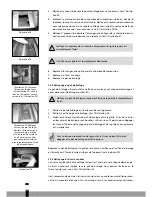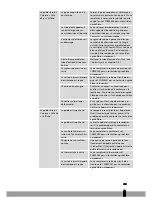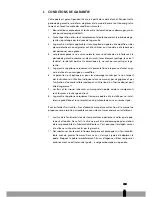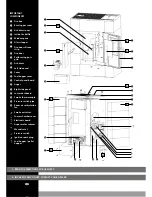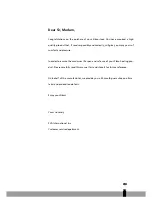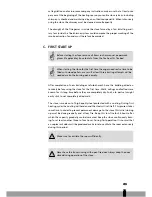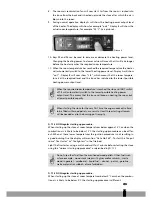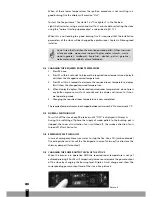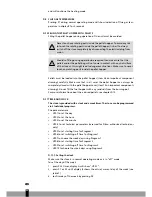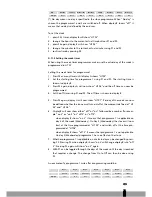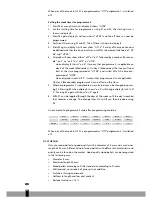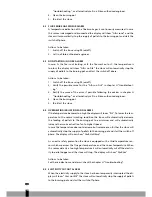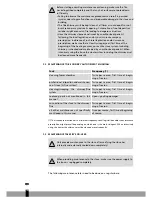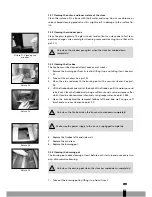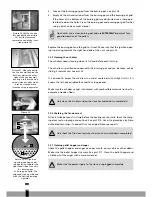
90
4
Before connecting the device, check that:
• The connection voltage corresponds to that on the type plate.
• The socket and power supply are suitable for the device.
• The plug on the cable fits the socket.
• Have the electrical installation checked by a recognised expert if you are not
sure that everything is in order.
• Never cover the air inlets and outlets.
• Do not insert objects into the openings of the device.
• Never allow the device to come into contact with water. Do not spray the de-
vice with water or submerge it as this may cause a short circuit.
• Always take the plug out of the socket before cleaning or replacing the device
or a part of the device.
• NEVER connect the device with the aid of an extension cable. If a suitable,
earthed socket is not available, have one fitted by a recognised electrician.
• Always take the plug out of the socket when the device is not in use.
• A damaged electricity cable may only be replaced by the supplier or an author-
ised person/service point.
a.1 eMeRgency sTOP OF The sTOVe
In case of emergency: Never use water to stop the fire. Use a CO
2
(carbon dioxide)
fire extinguisher and / or call the fire brigade. In case of chimney fire also close the
chimney damper (if mounted).
a.2 nORMaL sTOP OF The sTOVe
The normal stop of the stove is by following the stop procedure. See chapter D.3.
Not following the requirements as set in this manual might result
in dangerous situations and will lead to nullification of the warranty.
G
TiPs FOR Use:
• Make sure the stove and its exhaust pipe and chimney flue is easily
accessible from all sides.
• Start up at low heating capacity when the stove is first used (refer to
Chapter C)
b. insTaLLaTiOn OF The sTOVe anD The FLUe
The flue/chimney arrangement is very important for the correct and safe use of
the stove. Therefore the installation of the whole system (stove + chimney/flue) or
parts of it must only be done by specialised, authorised engineers. Refer to instal-
lation manual.
The flue/chimney must be kept clean at all times as soot deposits or not burnt resi-
dues may reduce its opening. Culmination of soot deposits or residues might even
catch fire leading to dangerous situations. Have the chimney cleaned and swept
following the local legislation and/or your insurance company instructions. If no lo-

